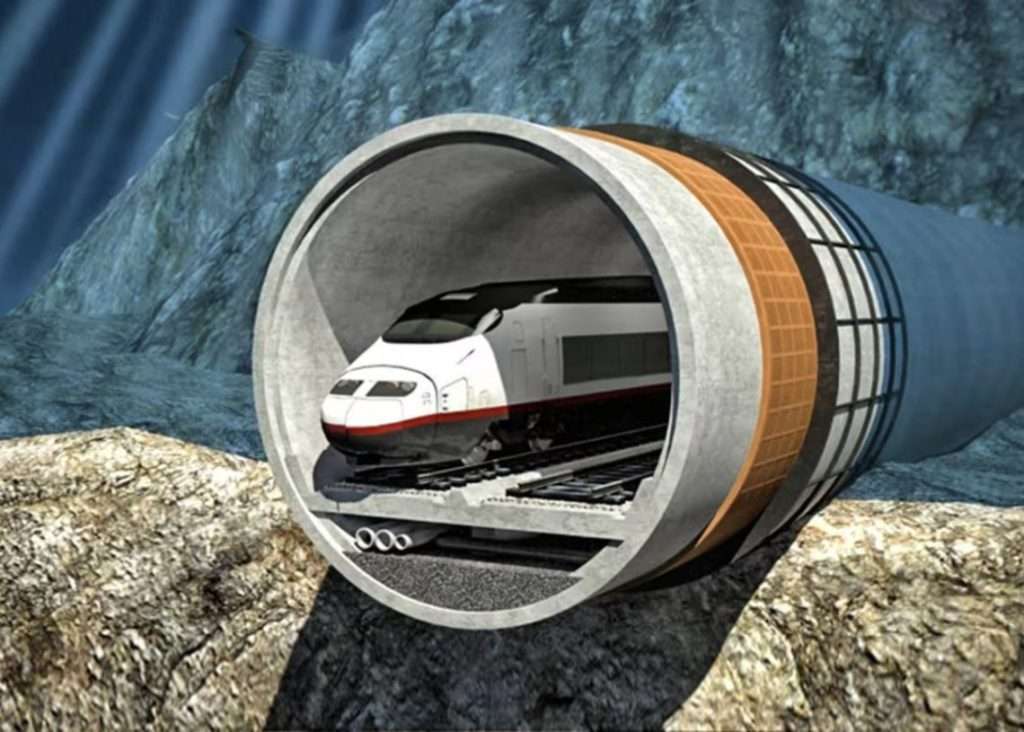Spain-Morocco underwater tunnel declared feasible

Spain-Morocco underwater tunnel depiction
The Spain-Morocco underwater tunnel was confirmed to be technically feasible by the German company Herrenknecht, which previously had many challenging geological conditions to consider, according to Yabiladi via Vozpópuli on October 30th.
The study conducted by Herrenknecht —a world leader in tunnel-boring machines— said that the tunnel is technically feasible with the current technology. The Spanish side of the project alone is estimated to cost €8.5 billion, connecting Europe and Africa with a railway link of about 65 kilometres, 40 kilometres being in Spain territory.

The Spanish government has reportedly started discussing the preparation for a new tender, which they want to achieve before June 2026, an updated deadline from the 2007 preliminary project. Both the Spanish and Moroccan governments want to make a final decision about the tender for the first test tunnel by 2027.
The tunnel was considered a potential asset for the 2030 FIFA World Cup, however, only the first material advances of the project are expected to be completed by 2030.
The tunnel study explored similar projects like the Eurotunnel between the UK and France, yet the Moroccan project would not only have to go deeper into the sea level, but also has a particular rock underneath the Gibraltar strait which is too hard for tunnelling technology; along with a major geologic fault— the Azores-Gibraltar Transform Fault, which has caused earthquakes in the region.
The Spain-Morocco underwater tunnel was a vision dating back to the 19th century, later revived in 2023 with the improved relations between Pedro Sánchez’s government and Morocco. Once completed, the tunnel will serve as a link between Europe and Africa, linking trade, energy, and travel between the continents.
Yabiladi, Maghrebi.org
Want to chase the pulse of North Africa?
Subscribe to receive our FREE weekly PDF magazine










